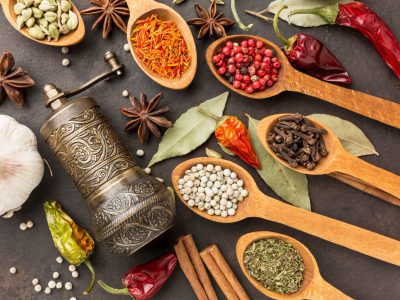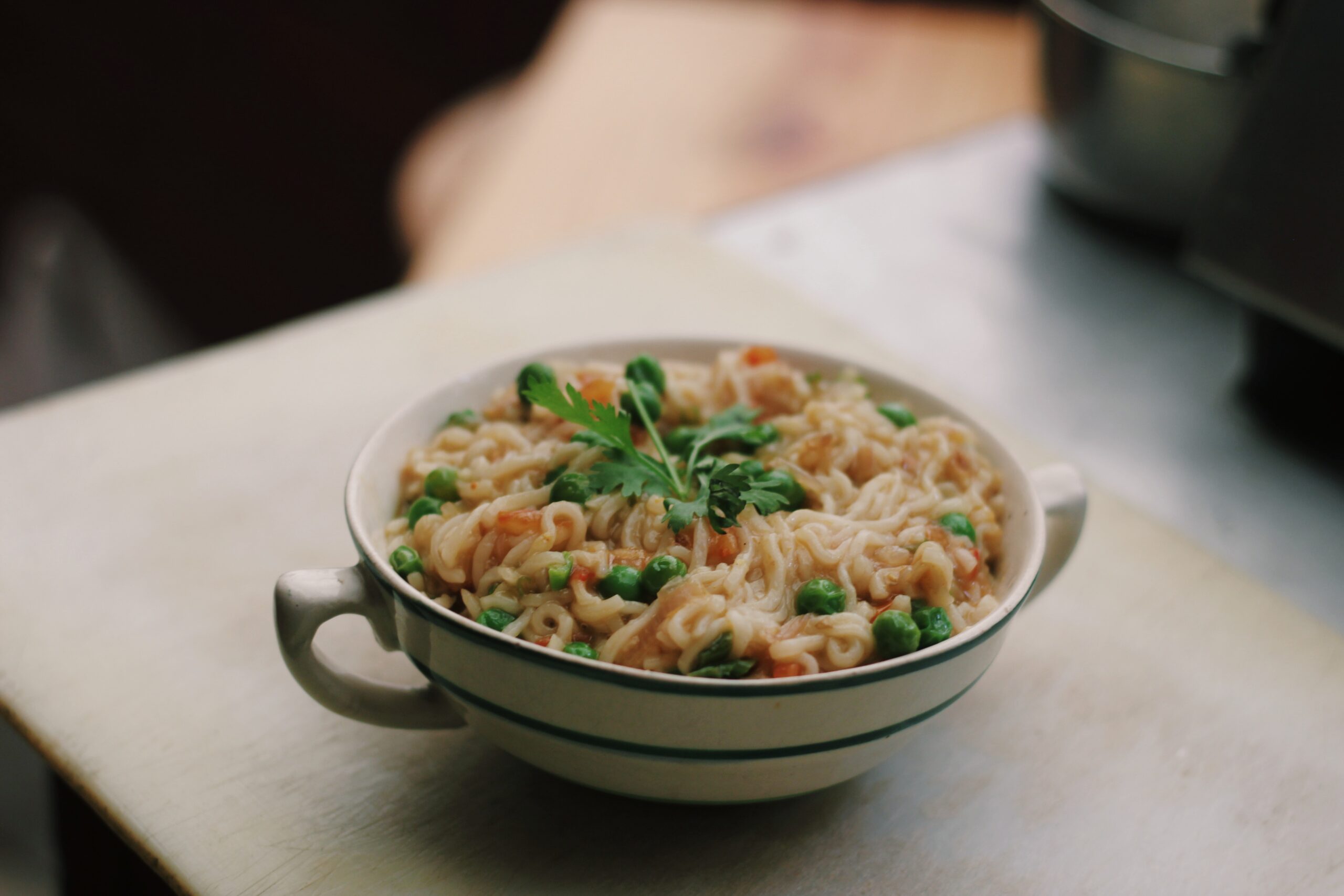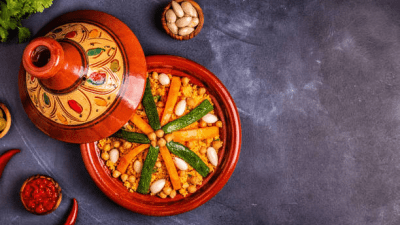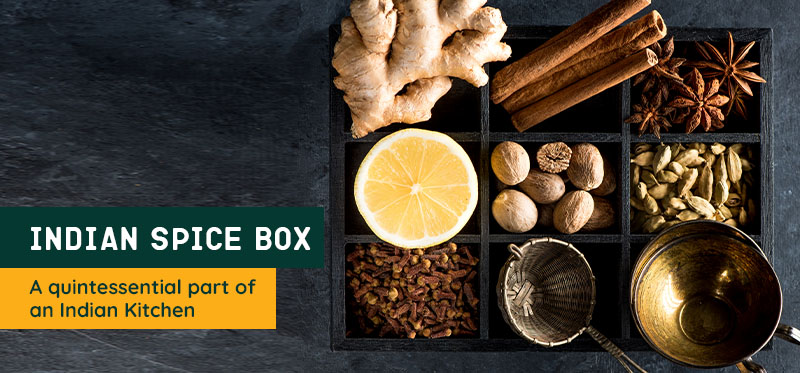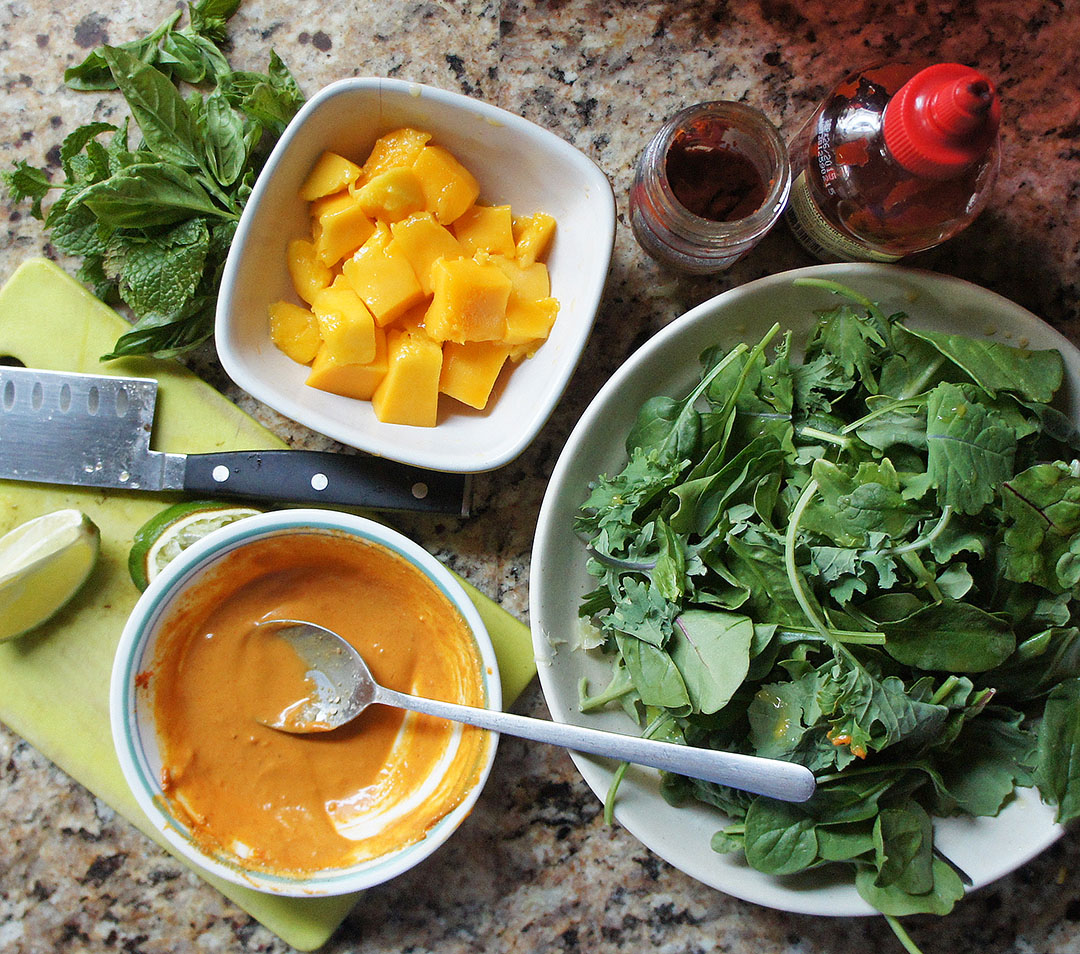When it comes to Indian snacks, one delicacy stands out – the mouth-watering samosa. A crispy pastry with a spicy filling of mashed potatoes, peas, onions, and sometimes meat, samosa has become a cultural icon in India. The debate about its origins only adds to the intrigue surrounding this popular snack that has found a place in the hearts of people all over the world.
The Variety of Samosa in India
Samosaa is not just a snack; it is a culinary journey that showcases the diversity of India. Every region in the country has its own unique twist to the traditional samosaa. For example, in the North, you can find the classic potato and peas samosa, while in the South, you will come across the delicious vegetable-filled samosaa. In Kolkata, you can indulge in the famous “singara,” which is a triangular samosa stuffed with spicy potatoes and served with a tangy tamarind sauce. In Rajasthan, you can savor the “pyaaz kachori,” which is a variation of samosa stuffed with onion and spices.
Making Samosa Healthy

While samosa is a treat for the taste buds, it is not the healthiest snack option. However, with a few tweaks, you can enjoy samosa guilt-free. Firstly, switch to baking instead of deep-frying the samosas. This reduces the calorie count significantly. Secondly, use whole wheat flour instead of all-purpose flour for the pastry. Whole wheat flour is rich in fiber, and it helps regulate blood sugar levels. Lastly, experiment with the filling. Use a variety of vegetables like spinach, carrots, or even mushrooms. You can also substitute the potatoes with sweet potatoes or cauliflower. This way, you can have a tasty and healthy snack.
Samosa and Social Issues
Samosa also reflects the socio-economic issues that India is grappling with. Food insecurity is a significant problem in India, and it is a snack that is affordable and filling. However, the samosaa industry is also plagued by the problem of child labor and exploitation. Children are often forced to work in the informal sector of the industry, where they have no regulations or protections. Therefore, it is important to support ethical and sustainable practices in the samosaa industry.
Also Read: The Magic Of Aloo Samosa: A Foodie’s Delight
Conclusion
In conclusion, it is not just a snack. It is a cultural icon that has captured the hearts and taste buds of people all over the world. The variety of samosas available in India is a testament to the diversity and complexity of Indian cuisine. With a few simple tweaks, it can also be a healthy snack option. But, it is also essential to address the social issues associated with the samosa vendors. So, the next time you indulge in this dish, remember the journey it has undertaken and the stories it tells.





